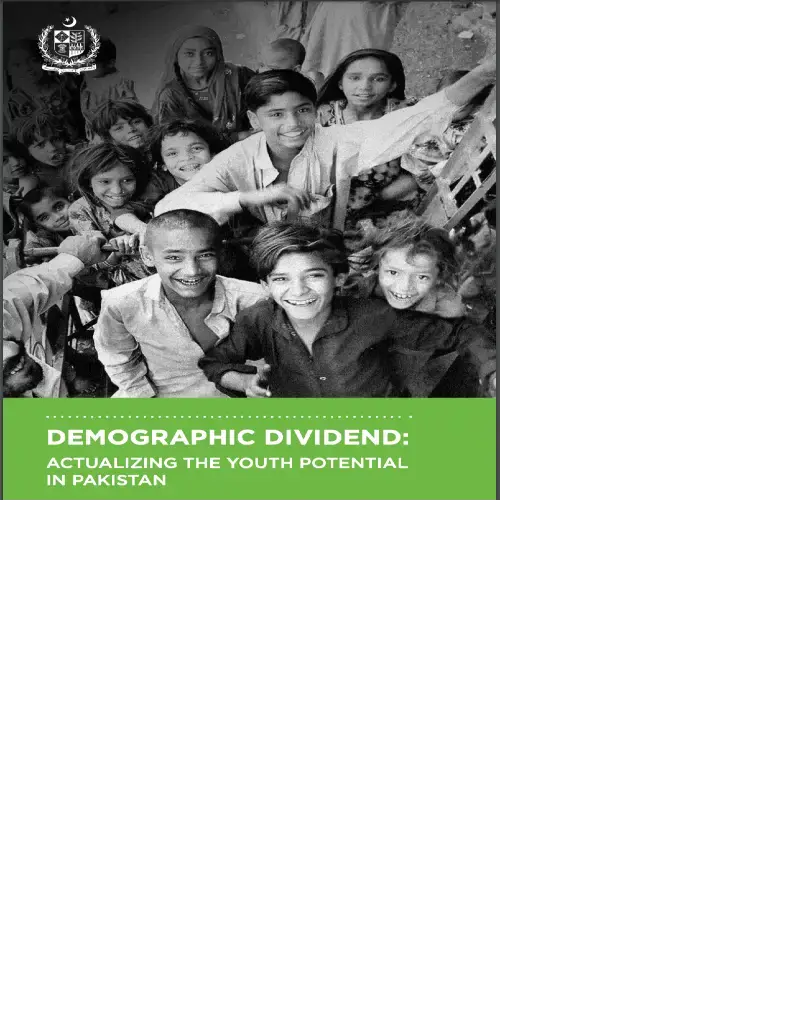Fertility transition is taking place in Pakistan, albeit slowly, and there is an opportunity to reap the benefits of a “demographic dividend”: the economic opportunity provided by the age structure changes which follow a sustained decline in fertility. This change in age structure leads to economic growth opportunities in three ways.
First, by increasing the proportion of working-age persons, particularly youth, in the total population it increases the ratio of economically active individuals to dependents (roughly, those below age 15 and 65 years and above). Second, reduced fertility enables women to enter the labour market. Third, a reduction in the young dependency ratio allows for increased investment in child health and education, enhancing in the long run overall productivity and improving the skill level of the labour force.
Eventually, aggregate savings tend to increase as the large working age population save for retirement, leading to further economic growth through increased investment. The modest fertility declines in Pakistan over the last 30 years and the resulting changes in age structure have resulted in a continuing rapid increase in the young population and a small “youth bulge” (see Figure 1). Currently, Pakistan has more young people than it has ever had, and the number is expected to continue increasing until 2050.


